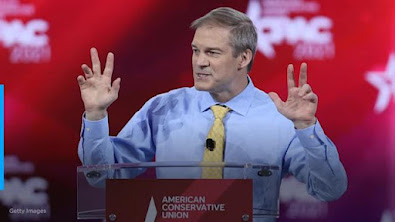Real America is not Immuno-compromised America—those annoying wimps who worry they'll catch Covid-19.
Real America is not Black America—those whiney, dangerous, hip-hop lovin' ingrates.

Real America is not Latino America—those lazy, foreign, Catholic beaners.
Real America is not Asian America—those creepy gooks who want our jobs.
Real America is not Indigenous America—those all-time champion losers.
Real America is not Gay America—those unrepentant degenerates.Real America is not West Coast America—those tree-huggin' communists.
Real America is not Jewish America—those overeducated loudmouths.
Real America is not Muslim America—those people who're worse than Jews.
Real America is not Poor America—those welfare-squanderin' weaklings.
Real America is not Homeless America—those whack jobs who foul the land beneath our beautiful freeways.
Real America is not Disabled America—those embarrassing feebs.
Real America is not Old America—those wrinkled, funny-smelling people.
Real America is not Female America—those witchy pretenders to equality.
Real America is not Expert America—those Commies with doctorates from fancy-pants universities.
Real America is not Liberal America—the true enemies of Real America. You know, Democrats.
My advice to Jim to is simple: grow a toothbrush mustache.
You'll complete the outfit.

























